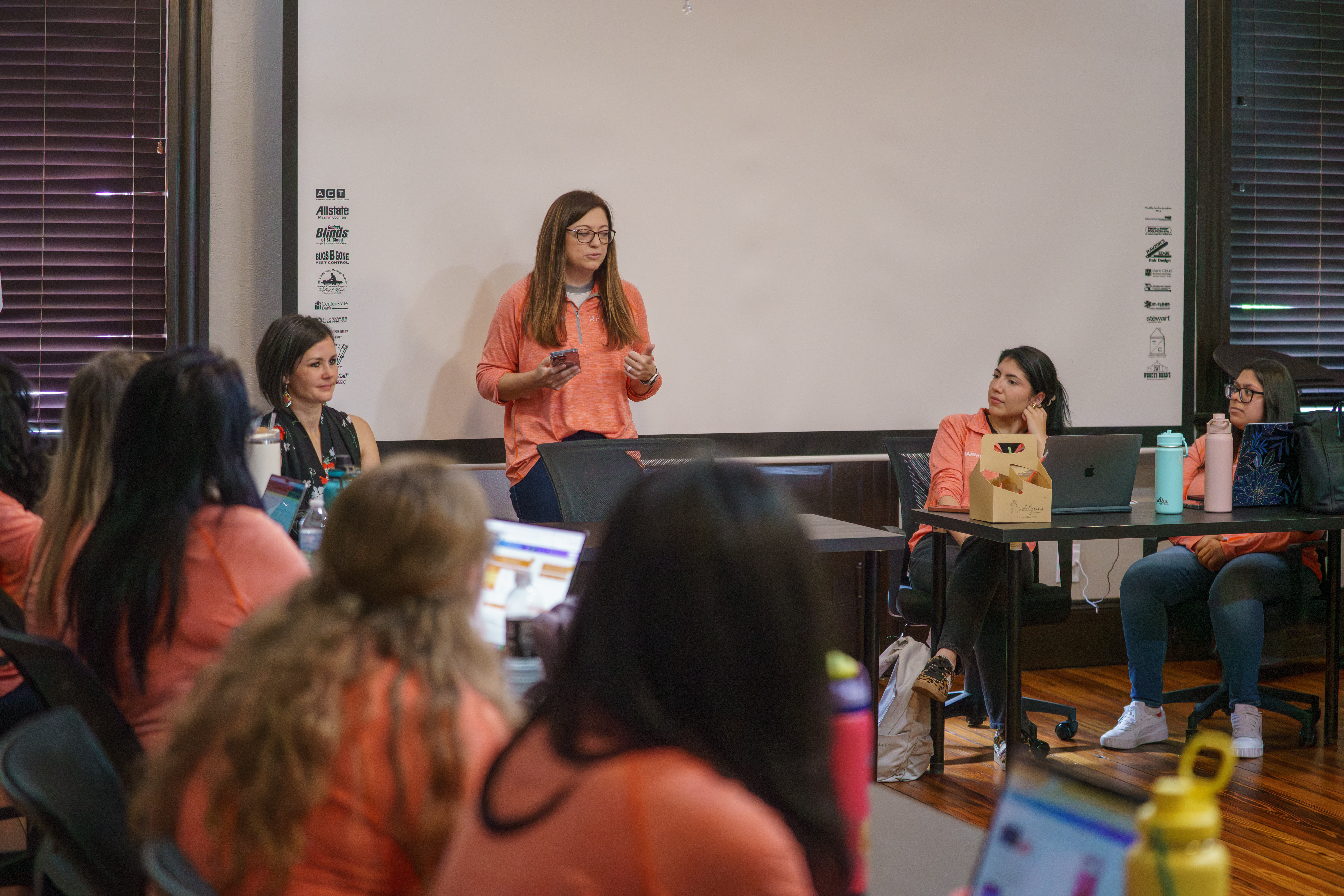How to explain inbound marketing to those who grew up with traditional marketing
Most everyone knows a little bit about traditional marketing, or at least what it is. However, not everyone knows what inbound marketing is, and many people don't realize their business is actually already doing it. But thanks to the internet, inbound marketing is taking over. After all, HubSpot says, “Since 2006, inbound marketing has been the most effective marketing method for doing business online.” So, if you’re having trouble explaining inbound marketing, or modern marketing as we call it, to your friends and family, we’re breaking down the basics to help you walk them through it!
- What is inbound marketing? If you have relatives like mine, you have to start by explaining what "inbound" is before you can begin the explaining the process. For starters, inbound marketing is a little less disruptive or annoying to your potential customers or clients. It focuses on creating content that people search for, rather than being pushy the way traditional marketing can often come across.
#ProTip: To help your relative or friend better understand how often a consumer is looking for the right product/service, ask them if they’ve used Google recently to find out more about a new product they planned on trying.
- How does inbound marketing work? Inbound marketing creates content for the right customers and their interests at the right time, instead of spending big bucks on ads that might be reaching the wrong audience. It promotes a company or brand through blogs, video, eBooks or other offers, SEO, newsletters and social media.
HubSpot explains the inbound methodology in four steps: (1) attract, (2) convert, (3) close, (4) delight.In the attraction phase, we want to get new people to our website – turning strangers into visitors. We do this by attracting our buyer personas (in other words, our target audiences) through blogging, SEO and social media to get them to our website.In the conversion phase, they've already visited our website. Now it’s time to convert them into leads by getting their information. In exchange for their information, we offer them something in return, such as an eBook, checklist or other offer. In this phase, it’s important to have call-to-actions and landing pages set up on your website pages so they can convert.In the closing phase, the hard part is over – we’ve attracted the right leads, and now it’s time to get them to become customers. This is where the relationship comes into play… We make sure to keep track of all contacts and companies, usually through email. Even if the customer isn’t ready to buy, we keep in contact with them to let them know we care about more than just their buck by continuing to offer them valuable, educational and informative content.In the delight phase, we make sure to stay engaged with our customers and their interests so they in turn will spread the word about our product or service (that they really, really love).
- What is the difference between modern (inbound) marketing and traditional marketing? If your family member couldn’t already tell, inbound marketing is all about creating a relationship and engaging with your potential customers. Inbound marketers aim to provide value, entertain and educate possible customers and do so for a lot less than traditional marketing. Traditional marketing can be interruptive, and communication is usually one-way. Instead of creating ads for a specific kind of prospect, traditional marketers aim to create one ad that will work for all prospects – an impossible task, most of the time. Although traditional marketing can still be effective, people tend to ignore it. According to HubSpot, “86% of people skip television ads, 44% of direct mail is never opened and 200 million Americans have registered their phone numbers on the FTC’s 'Do Not Call' list."
- Why is it important to incorporate inbound marketing with traditional marketing? We’re not saying to forget about traditional marketing completely. Try explaining to your relative how incorporating modern marketing into a traditional marketing plan is effective. Today’s buyers consume all kinds of media, so it’s important to be everywhere your buyer is. For example, if your relative owns their own business and they have a billboard promoting their company/product and they see an ROI with that, encourage them to feature their web address on the ad and have their website designed with call-to-actions and landing pages all set up.
We hope this has freshened up your knowledge on the basics of inbound marketing, or at least helped you to better explain to those who don't know how effective modern marketing can be!







